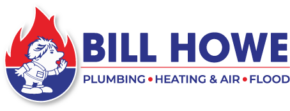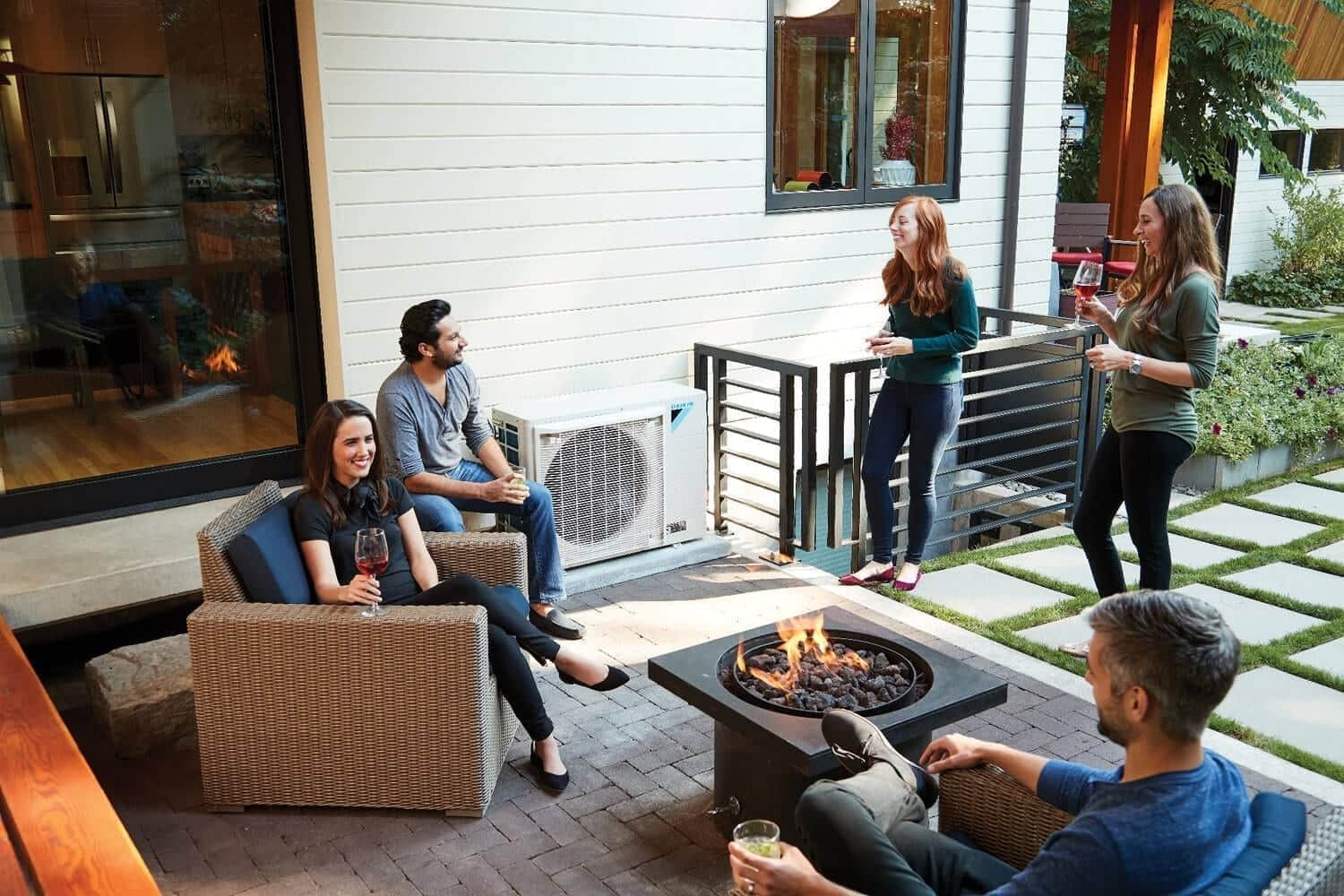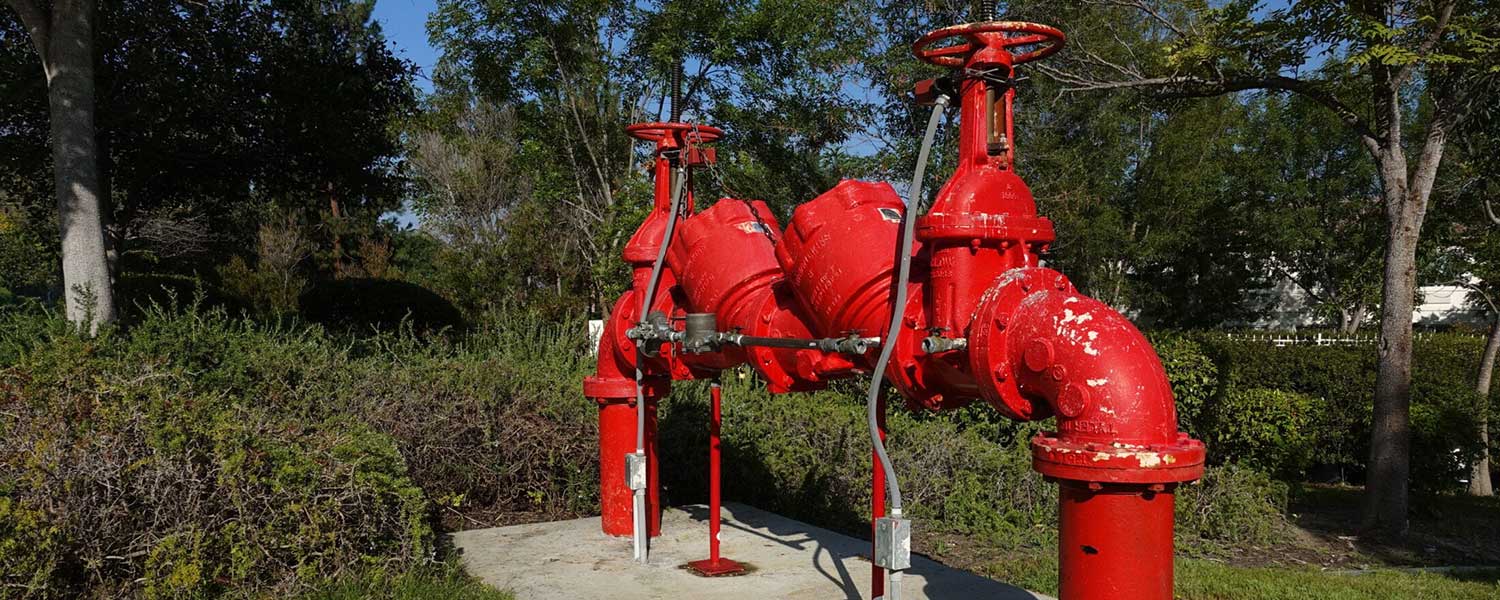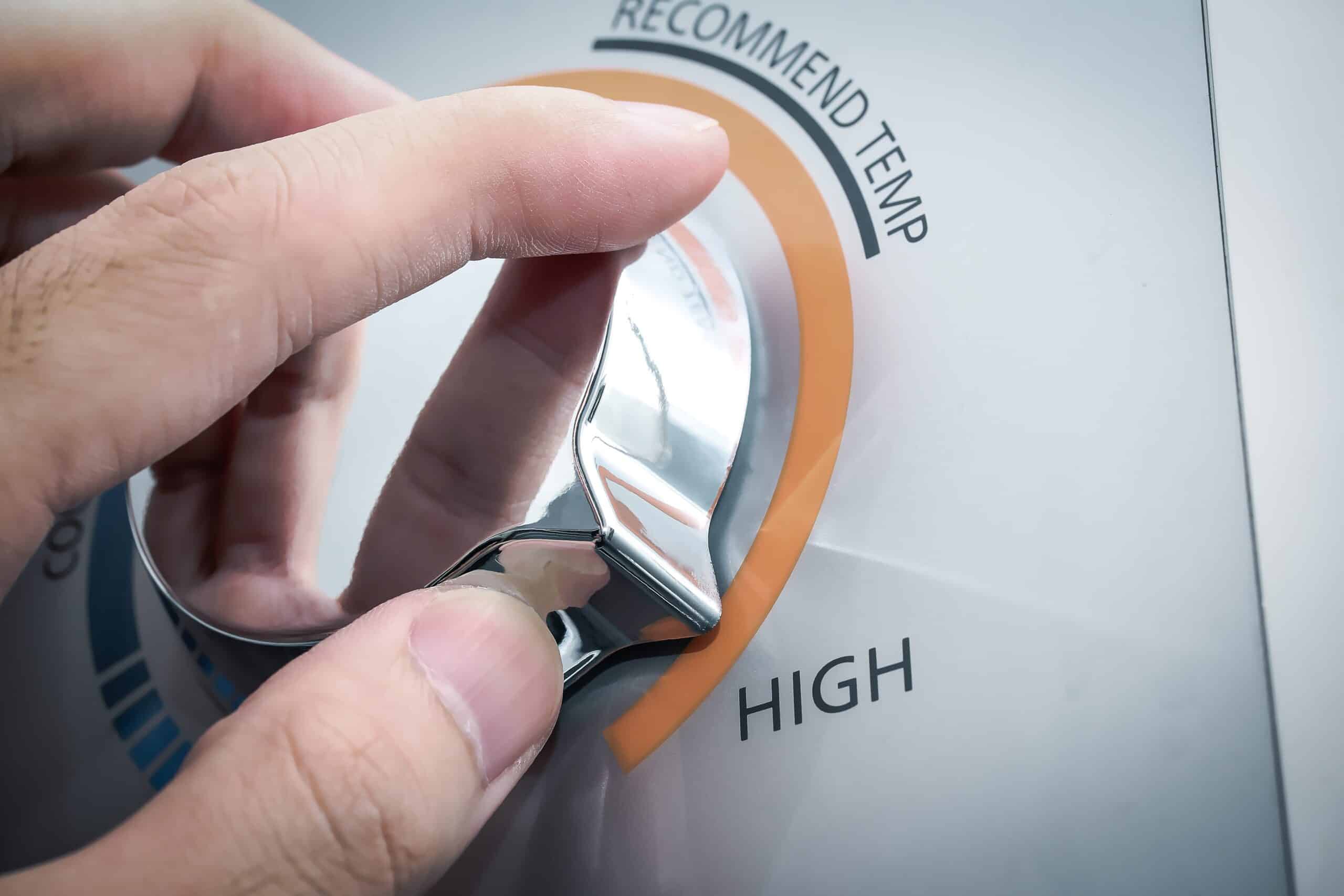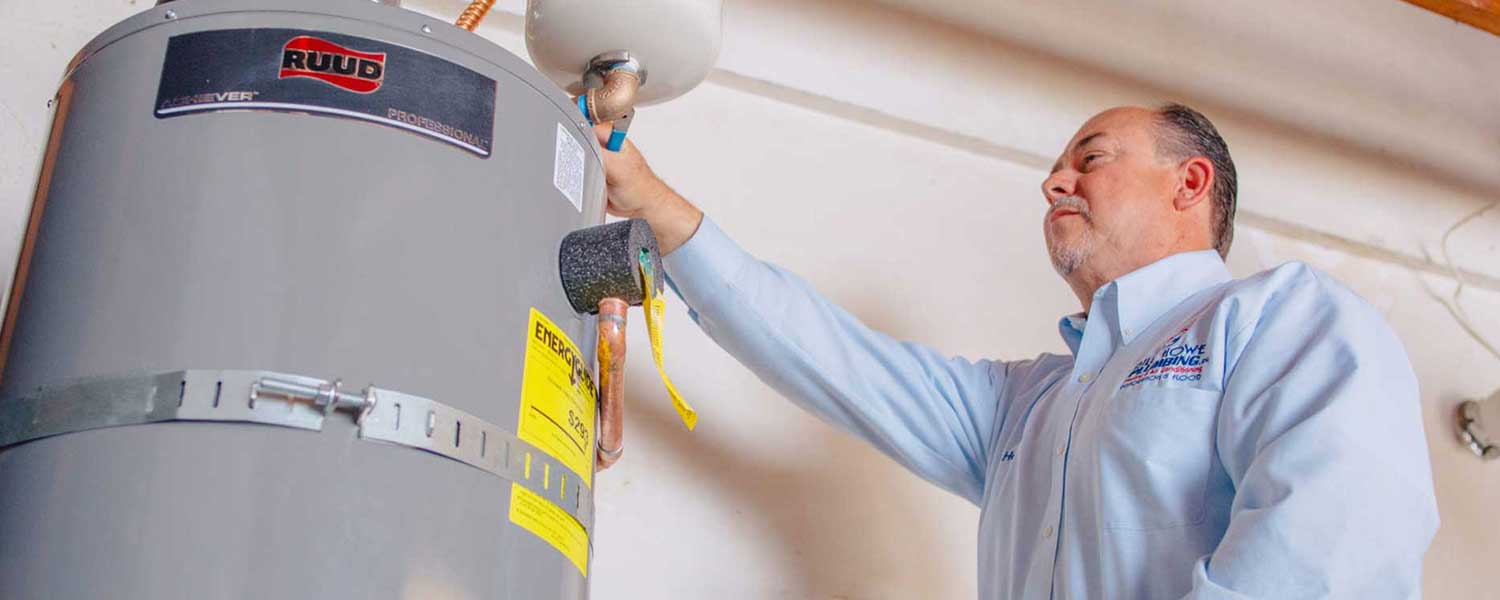The plumbing system is one of the most essential parts of any home. From the kitchen to the bath, the plumbing system ensures you have clean water to bathe, cook, and clean. But when something goes wrong within the pipes, it’s important to get to the heart of the matter quickly, and that’s where a sewer camera inspection comes in. What is a sewer camera inspection? A pipeline sewer camera inspection is an ideal method plumbers use to view the condition of sewer and drain lines.
A sewer camera inspection is necessary when you experience constant backups and blockage, or root intrusion in your home’s plumbing system. It’s also a must-do when you are purchasing a new home. When sewer lines are in the ground, there is no telling what their condition might be like, and leaving problems unchecked could cause significant damage to the home. Pipeline camera inspections are also required to get an accurate estimate for repair estimates and epoxy drain lining estimates.
When you call our certified plumbers for an inspection, you can rest assured that we will use the best cameras and technology to scope your sewer lines. A sewer line camera inspection will give an in-depth view of the drain lines, showing areas of deterioration, breaks or cracks, low spots, root intrusion, or other possible issues that might be restricting flow, hence clogging the drains. A pipeline camera inspection may also provide relief and show that all it may need is a good cleaning, which can be accomplished by hydro jetting. When you schedule routine sewer line camera inspections, you can save yourself from the headaches of repairing, replacing, or lining the drain system.
You may have heard the term sewer scope inspection and thought, “What is a sewer scope inspection?” Well, it’s just another way of saying sewer line camera inspection. No matter what you call it, using a sewer pipe camera to inspect the surrounding areas will also trace the line, showing you where the line runs and where accessible cleanouts are. The inspection equipment can help foresee what future issues may arise.
What Is the Process of Performing a Pipeline Camera Inspection?
First things first, sewer line camera inspections should be performed by a licensed contractor. Licensed contractors have the necessary equipment and expertise to properly assess the condition of the sewer lines. If there is an issue with the sewer system on the city side, only a licensed contractor can submit a “plumber’s report” so the city can investigate and perform repairs.
Licensed contractors understand how to properly calibrate and maintain the specialized cameras before each inspection. Additionally, certified technicians should always adhere to safety protocols, including wearing protective gear and remaining aware of any hazards in their work environment.
The following are the key steps involved when performing a pipeline camera inspection:
- Locate an access point (usually a cleaning or inspection port)
- Insert a flexible camera rod or other type of camera into the access point
- Maneuver the flexible camera and slowly navigate through the pipeline
- Navigate through the pipeline, record the video feed into a monitor
- Assess the video to identify any signs of damage, such as corrosion, cracks, blockages, pipe offsets, and root intrusion
- Record the data and take still images of any areas that look to be issues
- Analyze the data to determine the next steps
Professional plumbers can use various camera styles to inspect the sewer line, such as:
- Remote-controlled crawler cameras
- Pole or fixed zoom cameras
- Push rod cameras
- Inspection rafts (usually for larger pipes and when the camera needs to cover a long distance)
- Drone cameras
- Maintenance hole cameras
- Jetter nozzle cameras
Access for Camera Inspection
The first step in a camera inspection for a main sewer line is finding access. Access can be through cleanouts, roof vents, or through toilet flanges. Professional plumbers and experienced technicians will visually inspect the property, looking for appropriate cleanouts. Sometimes, cleanouts can be buried underground, underneath concrete or landscaping, or not installed at all.
If no cleanout is accessible, a specialist can camera through the roof vent. Often, through the camera process, cleanouts that are buried can be located and dug up for easier repair, lining, or snaking of the line.
Every home should have a proper cleanout and will be situated at the end of the line, from the city access on the street or in front of the house. Cleanout systems are also often located in garages.
During Camera Inspection
During the pipe inspection, the plumber will ensure the proper footage counter is used and will actively note any potential issues. It is important to detect and locate exact footage as it can drastically change the cost of repairs, replacement, or excavation. Often, plumbing technicians will camera from different access points when available to fully view all aspects of the drain line.
The camera inspection can also specify what kind of pipe is in the ground and if any sections have been repaired or replaced at some point.
Common Issues Detected During Sewer Line Inspections
One of the great things about a sewer camera line inspection is that it allows professional plumbers to pinpoint the issue to find a proper solution. In fact, sewer scope inspections can discover all kinds of problems.
Root intrusion is one of the most common problems in most main sewer lines. Residents who have homes with large trees may want to perform an inspection to ensure roots aren’t infiltrating the pipe. However, lines can become root infested even with no trees nearby. Here’s why: Roots are attracted to the moisture and rich nutrients found in drain lines and will grow toward them. In the case of cast iron, roots can invade through small cracks and holes.
Clay pipes come in five-foot sections and are connected with a hub and a rubber gasket to seal the pipes together. Over time, the seal can become disconnected through deterioration or natural shifting, allowing roots easy access to the line.
Roots can then grow through the sewer line, come up through toilets, and wreak havoc on plumbing, causing continual backups.
Another common problem is corroding pipes. Cast iron pipes have a life expectancy of 50 to 60 years, so homes that haven’t had pipes replaced may find breaks or holes in their plumbing system.
Here’s a simple breakdown of the most common issues detected during sewer line inspections:
- Tree root intrusion
- Corrosion
- Blockages and clogs
- Sagging pipes
- Aging pipes that are deteriorating
- Improperly connected pipe sections
Signs It’s Time for a Sewer Line Inspection
So, are sewer line inspections necessary? Yes, especially if you notice the following signs:
- You notice tree roots growing around pipes
- Frequent sewage backups
- Foul odors
- Gurgling noises
- You notice mold growth and foul sewer odors
- Toilets are continuously clogged
- Your yard is soggy
- A sudden infestation of insects and rodents
- Cracked foundation
- Low water levels
If these signs look familiar, contact Bill Howe ASAP. Our licensed and certified technicians can perform a sewer line camera inspection to get to the bottom of the problem and find a solution quickly.
How Long Does a Sewer Inspection Take?
One of the most common questions is, “How long does a sewer inspection take?” The answer varies due to specific factors. However, a professional inspection for residential properties will usually take about 30 to 60 minutes to complete.
Factors that can affect completion time:
Condition of the pipe: Are the pipes in your plumbing system corroded or badly damaged? Is there significant root intrusion? If so, the inspection may take a bit longer.
Accessibility: Some access points to the line are difficult to reach. If that’s the case, it can add time to the inspection.
Commercial sewer line inspections will usually take longer because commercial sewer systems are more complicated and larger. Commercial inspections can take a few hours or a full day.
The Importance of Regular Sewer Line Inspections for Homeowners
Homeowners who schedule sewer line camera inspections every two to three years have an advantage. After all, sewer scope cameras can detect problems before they occur. And when there is an issue, the pipe inspection can pinpoint the location and reason for the problem. There’s no doubt that inspections are helpful to determine what is happening in the sewer line, but it isn’t always bad news.
Many times, camera inspections will show homeowners a healthy drain line that may only need snaking or, at worst, a hydro jetting. In the market to purchase a new home? Home inspectors do a great job, but they aren’t plumbers and may miss issues with the plumbing system. That’s why many new homeowners add camera sewer line inspections to their inspection needs before purchasing a new home. This allows homeowners to understand any potential repairs they may face with plumbing that can’t be visually inspected.
Homeowners with homes more than 30 or 40 years old may want to invest in a camera inspection to view the condition and prepare for any possible expenses in the future. When lines develop problems such as roots or breaks, the damage may not be immediately noticed but could cause sewage overflows and, ultimately, property damage.
Camera Inspections will also allow plumbing professionals to determine the best possible service to repair the pipeline. Most options include snaking or hydro jetting, digging up and replacing the whole line or a small section, or epoxy relining solutions.
Epoxy relining solutions are a great option because they can repair the line without digging up the ground. Digging can be messy and disrupt concrete, landscaping, and typically costs more than epoxy lining. Plus, epoxy lining can be done in sections, so homeowners with a small hole or break can have a fully restored section of line for an economical cost. Contact Bill Howe to learn more about our pipe lining repair solutions.
Pipeline camera inspections are also important when investigating problems caused on the city side of the property. Homeowners are responsible for their sewer lines from the city connection, which is often underneath concrete. But, if the city has a break or problem, a camera inspection can be performed, and a report submitted to the city to take care of repairs.
How Sewer Camera Inspections Can Help Preserve Landscaping
Sewer line inspections aren’t just beneficial for your property; they can also help preserve your landscape. Let’s face it: You work hard to keep your front and back yards attractive. But ruptured pipes can do some serious damage to your lawn. When a pipe bursts, it can waterlog the soil, leading to plant root damage. Soggy lawns can also deteriorate your lawn, lead to erosion, and kill your plants if the flooding is severe and ignored.
A cracked pipe will eventually rupture. By scheduling a sewer camera inspection, you can prevent a cracked pipe from rupturing and ruining your beautiful landscape. When trees, grass, and shrubs are destroyed, repairing the landscape can take several years. Keep your landscape thriving by avoiding waterlogged soil caused by ruptured sewer pipes.
Financial Advantages of Early Detection
Camera inspections are a wise investment for homeowners, especially when facing constant problems with clogged sewer lines, or when purchasing a new home.
The following are some of the financial advantages of early detection with a camera sewer inspection:
- Ensures your plumbing system is working properly
- Take a proactive approach to prevent costly repairs
- Help prevent collapsed pipes and leaks that can cause flooding and ruin your landscape or home
- Can help prevent overflows and sewage backups
Now that you better understand what a sewer inspection is, call Bill Howe. For a free quote on a pipeline camera inspection, call 1-800 BILL HOWE (245-5469), chat with us, or book online today.
